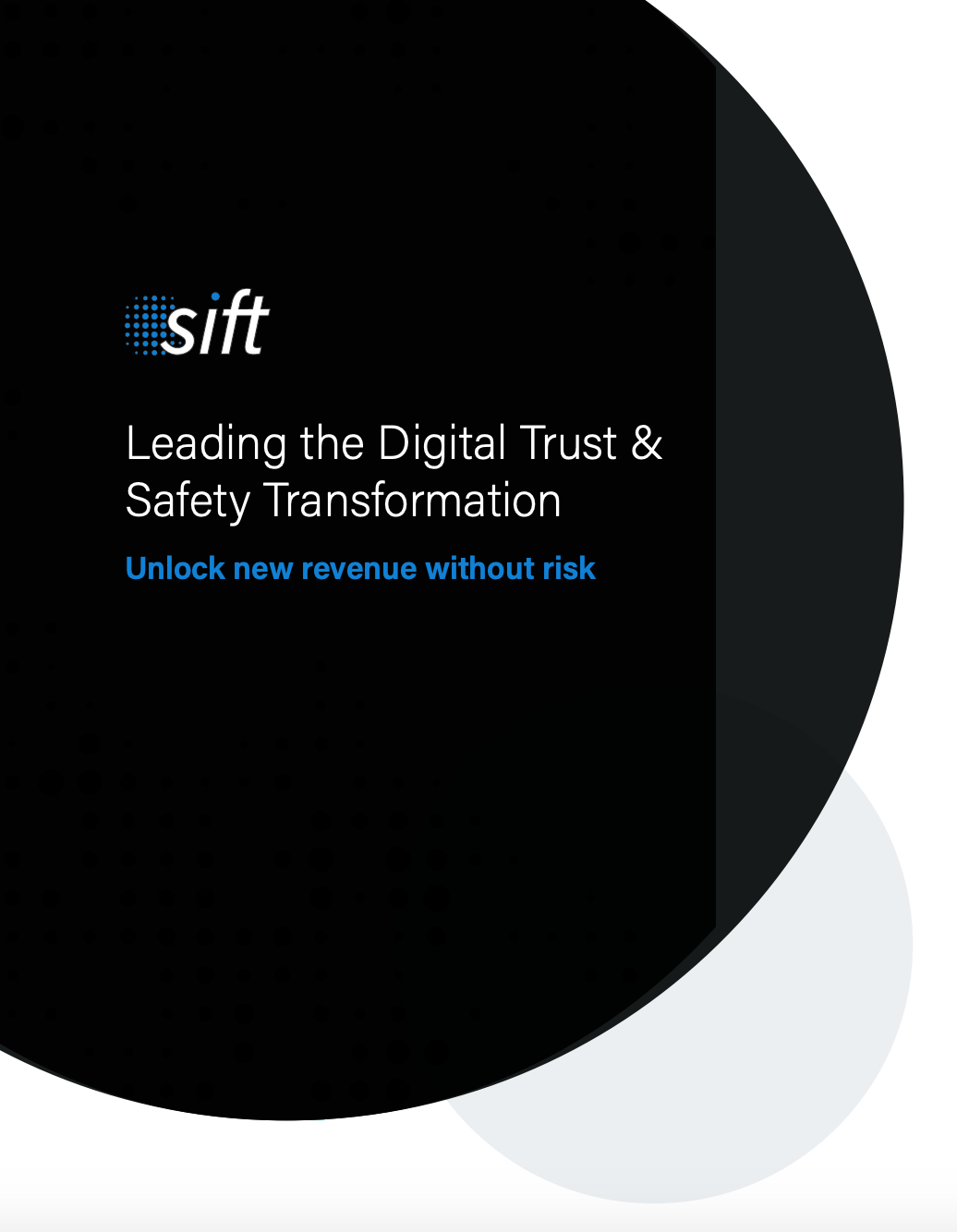
In today’s digital landscape, balancing user experience with customer safety has never been more important — or more difficult. By surveying 500 employees responsible for fighting fraud, Sift found that 77% prioritize delivering a frictionless experience, but nearly as many say fraud prevention blocks this goal.
The answer isn’t additional fraud prevention. Businesses must adopt a Digital Trust & Safety approach, strategically aligning risk and revenue decisions supported by sophisticated processes and technology. How can you optimize your business strategies for the challenges and opportunities of the digital world?
Read This Guide To Find Out
- How to move beyond reactive fraud-fighting strategies and deliver excellent customer experiences without compromising safety
- The 4 qualities of a Digital Trust & Safety organization
- A step-by-step guide to help you evolve to Digital Trust & Safety
- Why the time for Digital Trust & Safety is now
